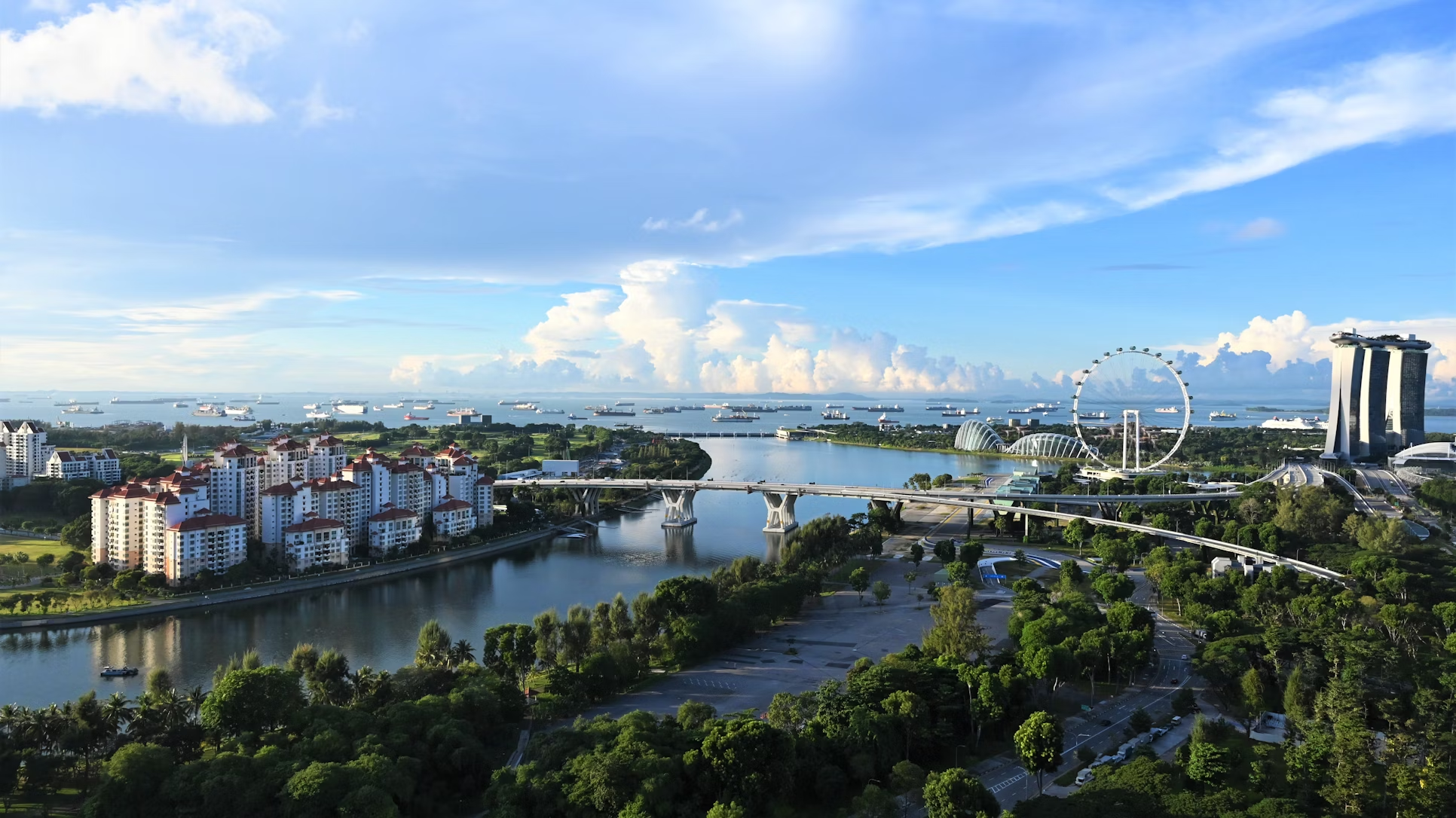25 April 2024
Daylight should be a priority for urban planning
Daylight is essential for ecosystems and for the physical and mental well-being of people. Despite this, many cities have followed a strategy of densification as a way of preventing urban sprawl and reducing energy consumption – but at the cost of daylight for both people and nature. This is not sustainable urban planning: instead, we need to treat daylight in cities as a limited resource that needs to be planned and managed carefully, much like water or energy.

Light from the sun is essential for life
Daylight is the energy source for photosynthesis, upon which most organisms are directly or indirectly dependent, and is a source of information that steers many biological processes. Daylight is also essential for humans. A growing number of people in cities lack sufficient exposure to daylight, making them susceptible to a wide range of conditions including obesity, myopia, viral infections or mental illness. For instance, the synthesis of vitamin D depends on exposure to ultraviolet radiation. This vitamin plays a pivotal role in the auto-immune system, protecting the body against numerous chronic and acute conditions including cardiovascular disease, internal hormone cancers, neurological disorders, diabetes, and infectious diseases.
Daylight sets an upper limit to densification
New technologies may keep pace with a city’s growing demands for energy, clean water and waste disposal, or else these resources and services can be imported to cities from their hinterlands. However, artificial lightning or other technologies cannot provide an adequate substitute for natural daylight, which is limited in supply and cannot be imported. For this reason, adequate daylight should be added to the list of essential things that any city must provide, along with clean water, clean air, recreation facilities and green spaces.

Daylight – a challenge for planners and designers
Human needs for daylight can be met, in principle, both indoors and outdoors. The daylight we receive indoors can be designated the ‘passive’ component, since people obtain it without having to take any particular action. The architectural practice of daylighting is aimed at optimizing this component of daylight. In contrast, the daylight we receive outdoors represents the ‘active’ component, because people only obtain this benefit when they go outside. Urban greening influences the supply of both components: people can obtain the daylight they need by visiting green spaces (active component); and the arrangement of these open spaces is also important, since it influences daylight levels within buildings (passive component). For this reason, planning policies for daylight and green spaces need to be closely linked. For planners and designers, daylight should be seen as an overarching theme that bridges concerns as diverse as architectural aesthetics, healthy cities, biophilic design, urban climate adaptation and renewable energy systems. While the practice of ‘daylighting’ dates back centuries, it needs to be more closely linked with the work of other professions who seek to make cities sustainable.
Please read more in this newly published article in Journal of Urban Management: https://doi.org/10.1016/j.jum.2024.02.002
Find out more about the DLA’s “Daylight and green cities” project here: https://daylight.academy/projects/daylight-and-green-cities/



Comments